The list in brief1.Best Overall2.For Gaming3.Best 32-inch4.Best 27-inch5.For Creatives6.With USB-C7.Shopping Tips
If you want sharp image quality,4Kresolution is an excellent place to be in 2025. Sure, there are 8K screens and even more modest6K onesmaking the rounds these days, but they cost a pretty penny. On the other hand, lower resolutions deliver higher frame rates while using thebest graphics cards. However, 3840 x 2160 sits at the head of the table regarding premium viewing experiences for what our eyes can perceive.
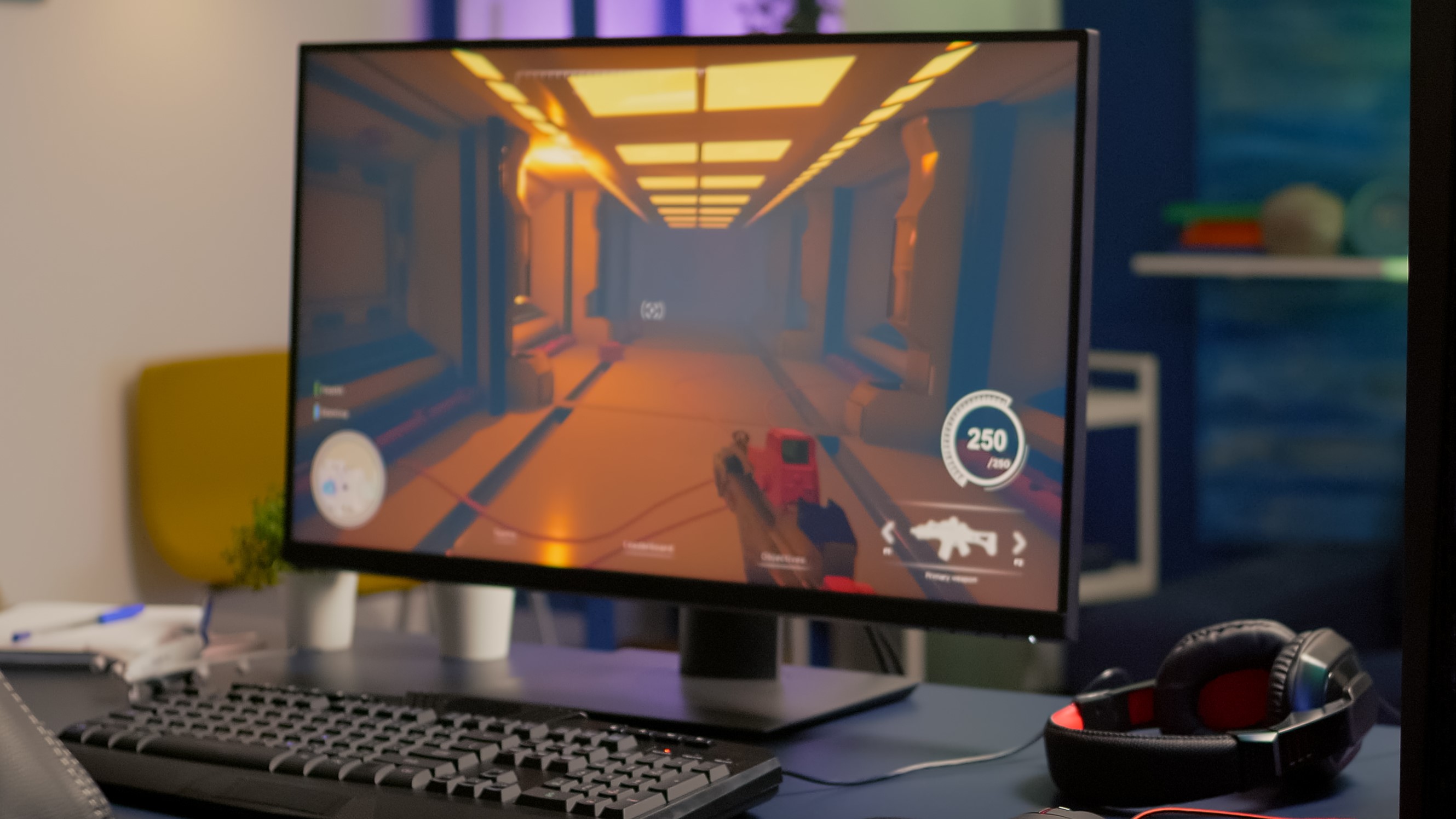
For years, the 4K resolution was a luxury not achievable for reasonably priced PC monitors. However, as these high-resolution screens have become more commonplace and the bleeding edge has turned to high refresh rates and full-array local dimming, a relatively large assortment of budget 4K monitors allows you to take the plunge without breaking the bank.
Below are the best budget 4K monitors we’ve tested. Thankfully, most of these monitors sell for under $400, allowing you to devote funds to other critical gaming components.

Best Overall
Best Budget 4K Computing MonitorThe Samsung UR59C is our overall pick among budget 4K monitors due to its all-around performance. Samsung starts with a 32-inch VA panel, which hit nearly 3,000 nits in our testing. For folks sitting in front of their monitor 8 hours a day, you’ll appreciate the rich color (with calibration) and sharp text. As of this writing, the UR59C retails for $379.
Read more below

For Gaming
Best Budget 4K Gaming MonitorThe Asus TUF Gaming family is known for providing value, and the TUF Gaming VG289Q does just that. It offers a 4K resolution at 60Hz with AMD FreeSync support, along with accurate color. While it might not be able to hang with 144Hz competitors, it is a cost-effective choice for budget gamers at $289.
Best 32-inch
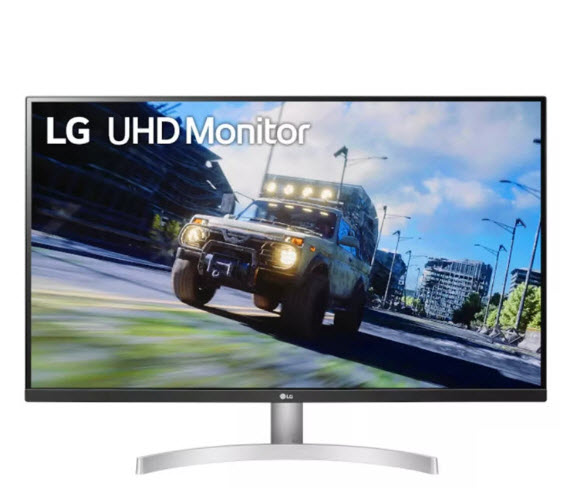
Best 32-inch Budget 4K MonitorThe LG 32UN500-W is another 32-inch 4K monitor that drives home the value angle. The monitor retails for around $250 and provides good contrast and accurate colors. Despite its low price, LG includes a pair of integrated 5-watt speakers and AMD FreeSync support for budget gamers.
Best 27-inch

Best 27-inch Budget 4K MonitorThe Asus ROG Strix XG27UCS has a compelling blend of performance and versatility, with a 4K resolution packed into a 27-inch display. With a price tag of under $500, it offers great performance and pro-level accuracy.
For Creatives
Best Budget 4K Monitor for CreativesIf you want accurate color on the cheap, the HP U28 is a compelling product. In particular, the U28 accurate blankets sRGB and P3 color spaces without calibration. It also features an adjustable stand that offers swivel and pivot (to portrait) functionality.
Best With USB-C
Best Budget 4K Monitor With USB-CWhile we expect to see DisplayPort and HDMI ports on budget 4K monitors, the ViewFinity S80UA ups the ante with USB-C connectivity. It can charge devices via USB-C at up to 100 watts and provides three USB-A ports for your peripherals.
Best Budget 4K Monitors You Can Buy Today
Why you can trust Tom’s HardwareOur expert reviewers spend hours testing and comparing products and services so you can choose the best for you.Find out more about how we test.
Reasons to buy
Reasons to avoid
The Samsung UR59C is the best budget 4K monitor, offering a 32-inch VA panel with accuracy and curves. Image quality is superb, with bold, accurate colors and clear text after calibration. When we tested insRGBmode, we recorded a color error of 4.3dE with visible errors, but our calibration (see our recommended settings on page 1 ofthe review) got it down to 0.9dE. So your web and games should look as intended. The UR59C also offers fantastic contrast, as expected from aVApanel, hitting an impressive 2,590.5:1 after calibration.
Ultrawide screens typically offer more noticeable curves, but despite its 16:9 aspect ratio, the UR59C’s1500R curve is pronounced and beneficial, allowing us to keep more windows in view.
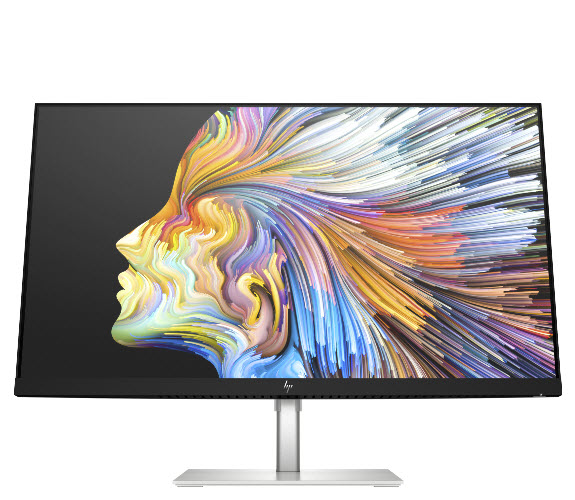
This monitor isn’t fit for serious gaming, but casual players can make it work. The UR59C has a 60 Hz refresh rate, 4ms response time, and no FreeSync or G-Sync to fight screen tears. You’d get noticeably better response times and input lag scores from a 75 Hz screen. But games didn’t look bad with its high contrast and the pixel density of a 32-inch, 4K screen. So if you’re games that aren’t graphically intense or at lower settings and you have a speed enough graphics card that can consistently hit 60 frames per second (fps), you can enjoy blur-free gaming on the UR59C.
You’ll have to pay a hefty price for a monitor that can push 8.3 million pixels at a 144 Hz refresh rate. The best budget 4K gaming monitor, the Asus TUF Gaming VG289Q, is a slower 60 Hz but fights screen tears with FreeSync. Yes, input lag is significantly larger than what you’ll find on a 144 Hz monitor, as is response time. But this is an excellent option if you’re working with a budget graphics card and want your games to look detailed and realistic. SDR games looked extra colorful on the VG289Q, and dynamic contrast brought subtle visual benefits, like added dimension. However, there are screens on this page with better contrast.

HDR isn’t as fantastic as you’ll find on a monitor with a full-array local dimming (FALD) backlight or an edge array backlight, but shadows and highlights looked more distinct, and we enjoyed the color boost.
For more premium high-res gaming screens, check out ourBest 4K Gaming Monitorsround-up.
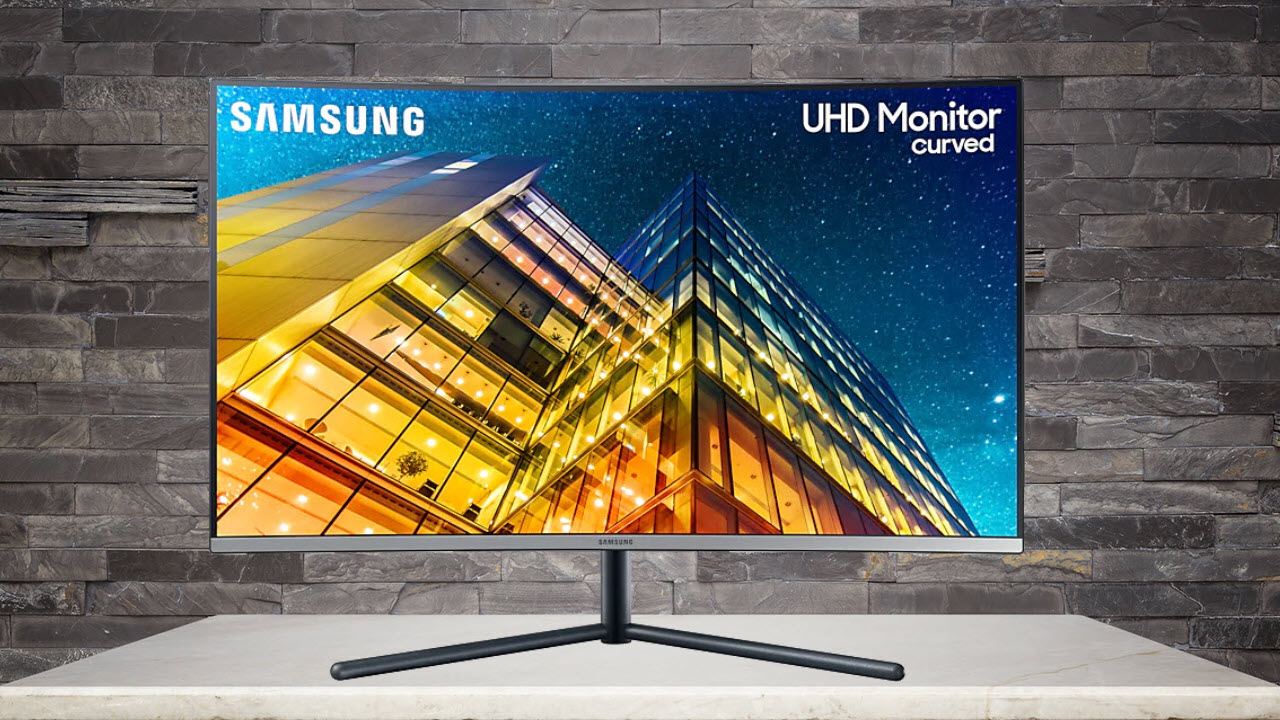
If the best budget 4K monitor for you is in the 32-inch range, check out theLG32UN500-W Contrast is a top consideration for image quality, and the 32UN500-W’s VA panel didn’t disappoint in ourbenchmarks, hitting 2,353.9:1 out of the box. In addition, the 32UN500-W’s native color gamut isDCI-P3, and it covers that color space accurately without any visible errors.
Again, as a budget 4K monitor, the 32UN500-W isn’t winning any HDR prizes. Color lacks the expected pop, and overall the image doesn’t provide a noticeable boost over SDR.
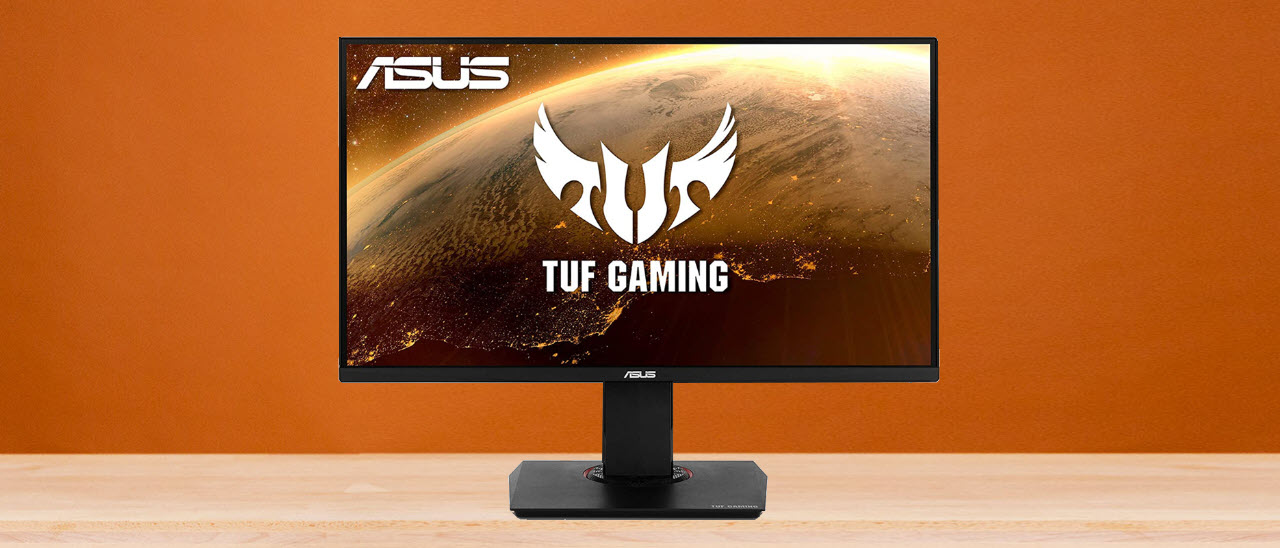
But the 32UN500-W also thoughtfully includes two 5W speakers and even AMD FreeSync to fight screen tears during casual gaming. In general, it delivered popping colors with deep blacks, making it a great fit for your favorite 4K movie and the like.
More:LG 32UN500-W review
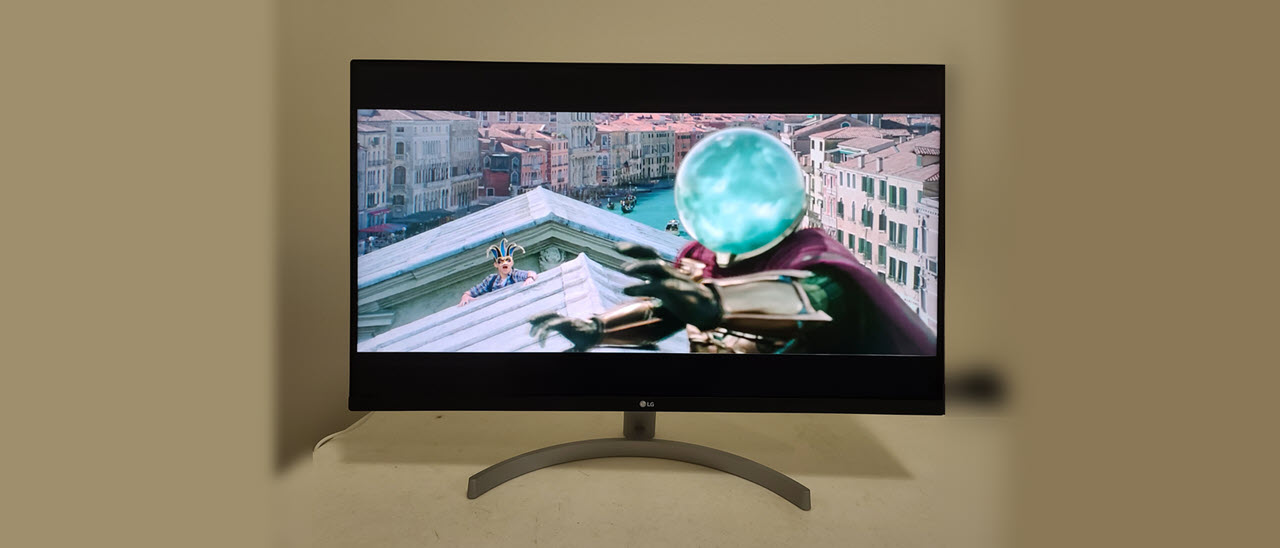
If you’re looking for high pixel density for not a lot of money, you’ve come to the right place. Take a gander at the Asus Rog Strix XG27UCS, which is a 27-inch 4K (3840 x 2160) IPS gaming monitor with a speedy 160 Hz refresh rate.
As you would expect from a ROG Strix gaming monitor, the XG27UCS comes packed with features, including a feature-packed OSD (including GamePlus options), FreeSync and G-Sync compatibility, nearly 100 percent coverage of DCI-P3, and HDR10 support — we even managed to hit close to 500 nits of HDR brightness.
We measured near-pro-level accuracy straight out of the box, with a grayscale error of 0.58dE (although it wasn’t quite able to match the segment leader). The color error score was also impressive at 1.06dE.
If there’s one glaring flaw that we could point out with the XG27UCS, it would be with its measured contrast. We measured 900:1 (versus a rated 1,000:1), which is near the bottom of the pack in this segment.More:Asus Rog Strix XG27UCS Gaming Monitor Review
You should probably opt for a professional monitor if you’re doing professional work. Pro monitors are known for offering exceptional accuracy for a premium price. But with monitors continuously improving, we’re at a point where you may find monitors with pro-level accuracy in key areas, like color, just without the pro-level price tag.
The HP U28 is one such screen and the best budget 4K monitor for creatives. Of course, none of the monitors on this page are color slouches, but the U28 stands out with its ability to accurately cover both the sRGB and P3 color spaces with just a switch in the OSD and no calibration. You also get an adjustable stand that allows height and swivel adjustments and the ability to flip into portrait mode, offering plenty of flexibility for creative work.
However, HP’s U28 comes at a cost premium. While not as pricey as professional monitors, the U28 is the most expensive monitor on this list as of this writing.
Still, with a USB-C port letting you charge laptops (or other devices), you may be able to reduce cable clutter, and there are many other ports here too. With that bonus in mind and creative-level accuracy, the U28 is great for feeding your hobby or even career.
The Samsung 27” S80UA is a little more expensive than the other monitors on this page, but you won’t have to worry about image quality. It’s super colorful for a budget screen, covering 95% of DCI-P3, according to our testing, and accurately. You can also opt for sRGB mode, which also offers a low color gamut error of just 2.8dE.
Great for productivity, the S80UA has a great port selection, plus a USB hub. You can add three USB-A ports to your PC by connecting the monitor via USB-C. It can also charge devices via USB-C at up to 100W, so you may be able to ditch your ultraportable laptop’s charger.
You also have DisplayPort and HDMI options, and even a headphone jack. But there are no speakers, and like many budget 4K screens, HDR is a bust. You’re better off watching your HDR movies in the monitor’s SDR modes, but color will still look great. On top of that, the stand is reliable, even in portrait mode, but is a little low, despite height adjustment.
More:Samsung 27-inch S80UA review
Quick Shopping Tips
When looking for the best budget 4K monitor, keep this in mind:
Finding Discounts on the Best Budget 4K Monitors
Whether you’re shopping for one of the screens that made our list of best budget 4K monitors above or something else, you may find savings by checking out ourbest monitor deals page, along with our lists ofDell coupon codes,Lenovo coupon codes,LG coupon codes,HP coupon codes,Monoprice coupon codesandNewegg promo codes.
Get Tom’s Hardware’s best news and in-depth reviews, straight to your inbox.
Christian Eberle is a Contributing Editor for Tom’s Hardware US. He’s a veteran reviewer of A/V equipment, specializing in monitors. Christian began his obsession with tech when he built his first PC in 1991, a 286 running DOS 3.0 at a blazing 12MHz. In 2006, he undertook training from the Imaging Science Foundation in video calibration and testing and thus started a passion for precise imaging that persists to this day. He is also a professional musician with a degree from the New England Conservatory as a classical bassoonist which he used to good effect as a performer with the West Point Army Band from 1987 to 2013. He enjoys watching movies and listening to high-end audio in his custom-built home theater and can be seen riding trails near his home on a race-ready ICE VTX recumbent trike. Christian enjoys the endless summer in Florida where he lives with his wife and Chihuahua and plays with orchestras around the state.